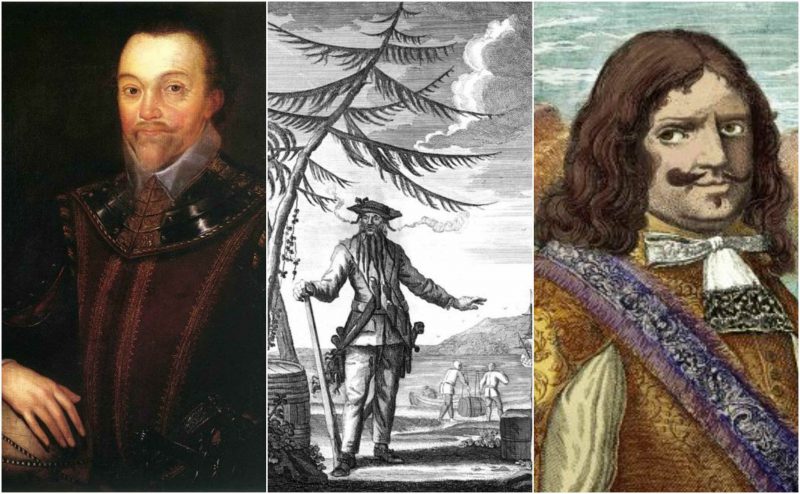Piracy has been an overwhelming problem on the seas throughout human history, seriously jeopardizing free commerce at major ports and harbors, many times at the cost of human lives. While the majority of us may envision a pirate based on the characters in the Pirates of the Caribbean movies, we are less aware of the real horrors that were committed at the hands of some of the cruelest pirates, particularly those who thrived during the Golden Age of Piracy between 1700 and 1725. In reality, pirates were much more violent than anyone might anticipate, and here are some examples of well-navigated careers in piracy.
Sir Francis Drake
Long before the Golden Age of Piracy lived the so-called “Sea Dog” privateers, licensed by the English to attack fleets of Spanish ships. One of the most notorious names from those days is Francis Drake, who supposedly won the nickname from Queen Elizabeth I of “my pirate.”
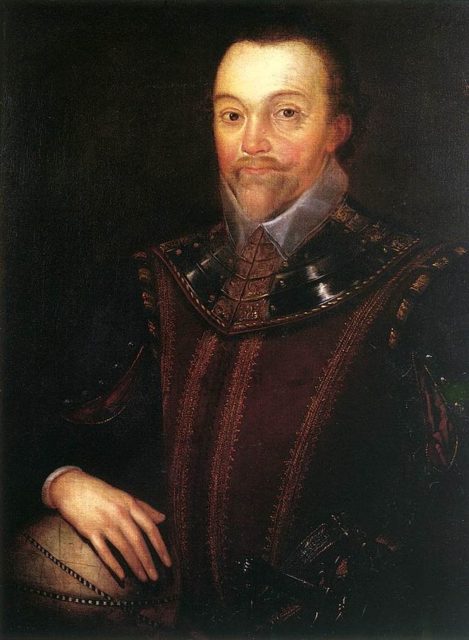
On what was probably the most famous voyage Drake ever took, lasting from 1577 until 1580, he became the first English captain to circumnavigate the planet. It was, however, on that same relentlessly turbulent journey that he lost four out of five of his vessels and also slaughtered a member of his own crew who was counting on mutiny.
His fleet successfully raided a number of Spanish ports and also captured a Spanish ship loaded with a lot of treasures. This was the reason why he caught the attention of the Queen, who subsequently had him knighted upon his return to England. Almost a decade after his well played part in defeating the Spanish Armada and after a distinguished career upon the open seas, Sir Francis Drake passed away from nothing more than dysentery.
Francois L’Olonnais
L’Olonnais performed well while plying the Caribbean Sea during the mid to late 1600s. He was one of the famed Buccaneers who figured between state-sponsored privateers and public enemies. Known also as Jean David Nau, he began raiding Spanish vessels and coastal towns after arriving in the Caribbean as a poor man. Once he turned to piracy, the Frenchman quickly became infamous for being gruesome and cruel.
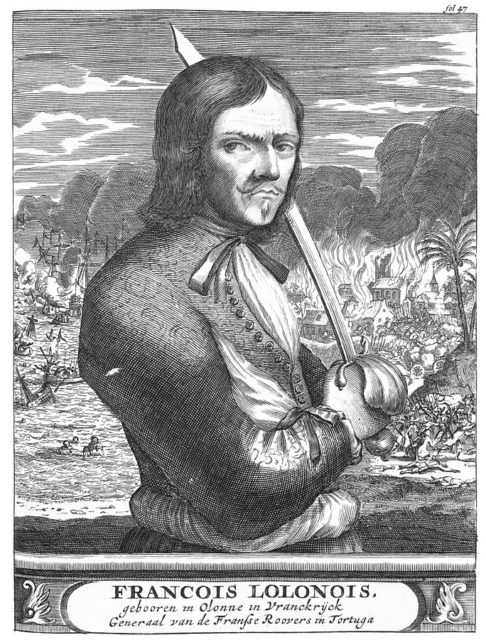
He is acknowledged as one of the most successful pirates who committed land attacks, aside from capturing numerous commerce ships. The best plunder he gained was in Maracaibo, Venezuela, where he allegedly stole some 200,000 Spanish dollars. In one of his attacks, he also showed off his sadistic side by eating the heart of a Spanish soldier. Ironically, a similar destiny awaited him at the end of his life when he became a nice treat for cannibals.
Henry Morgan
While perhaps having a little tipple of Captain Morgan rum these days, don’t forget that Sir Captain Morgan indeed existed, and was one of the most famous pirates to terrorize Spain’s Caribbean colonies. He was active through a good portion of the late 1600s.
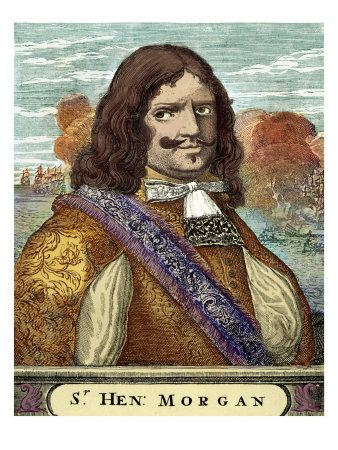
Captain Morgan was also a privateer who had fought for the English and against the Spanish. In fact, he is remembered as the greatest of all. In a nutshell, he was the worst enemy the Spanish had to face, perhaps worse than Sir Francis Drake. In 1668, he sacked Portobello, went after Maracaibo, and in 1671, attacked Panama, to name but a few of his biggest acts of piracy.
During his raid on Panama City, he was arrested and brought back to England. However, as the battles between England and Spain persisted, King Charles II had him knighted. He was subsequently released and ended up serving as governor of Jamaica.
Edward Teach “Blackbeard”
He wore both his hair and beard long and black, hence the nickname. Quite tall and broad in his shoulders, during combat his adversaries feared him as he looked demon-like with pieces of slow-burning fuse hidden in his hair and beard to give the impression that his hair was on fire. His cruel appearance was enhanced by high leather boots, a long black coat, as well as the wide hat. Blackbeard was one of the most feared pirates during the Golden Age of Piracy.
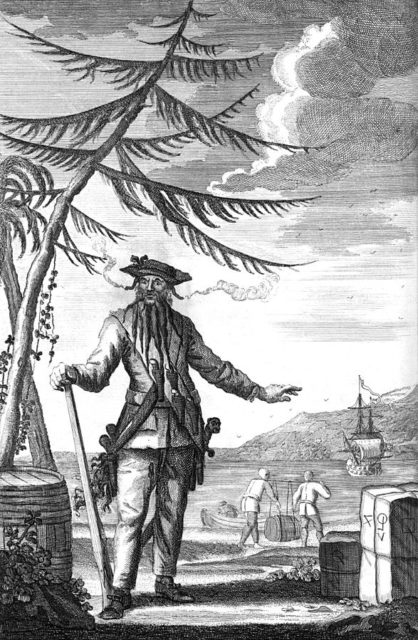
Unlike many other pirates, Blackbeard acted in a much more intelligent way, as he did not engage in fighting under any circumstances, preferring to outwit those he would attack. He was, however, later romanticized as the traditional tyrannical, blood-thirsty pirate. In the late 1710s, he would raid numerous Spanish vessels across Mexico and Central America, but he did not stop there. As his sinister reputation grew, he realized he could use it to his greater advantage, so in 1718, he sailed north toward Charleston, where he attacked a vibrant English colony.
Capturing any vessel that attempted to enter or leave Charleston, he took many people as prisoners. He would then trade them for gold, medicine, and other valuables. After spending some months in North Carolina, Blackbeard was eventually killed in a conflict with the British Navy. According to legend, he was stabbed some 20 times and shot a total of five times before taking his last breath of pirate life.
Charles Vane
Charles Vane is the name of one more English pirate who distinguished himself during the Golden Age of Piracy. He would go down in history as the pirate who rejected a King’s pardon. While many pirates had accepted a blanket pardon so as to return to an honest life in 1718, Vane decided he was too young to retire from piracy. With a small gang of followers, he took a small, one-masted sailboat named Lark that became the gang’s pirate vessel and went on to commit some of his greatest crimes.
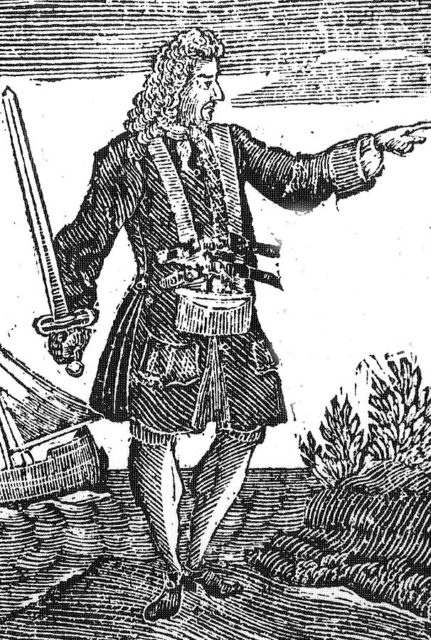
Soon enough, Vane became one of Nassau’s worst nightmares. Accounts suggest he had captured 12 merchant ships in April of 1718 alone. Fear of Vane led to virtually an entire halt in commerce in the area, and by the summer of 1718, he successfully took over Nassau.
He was finally captured in 1721, after which time he was hanged at Gallow Point in Port Royal. His body was hanged near the entrance of the port so it could serve as a warning to other pirates who might want to threaten the area. His death announced the end of the Golden Age of Piracy.
John Avery
Not all pirates spent their heyday in the Caribbean, though. Born Henry Every and most commonly known as John Avery, he committed some of the biggest crimes of any captain across the Indian Ocean. At first roaming around Madagascar, a heaven for pirates in those days, he gathered enough followers to look forward to some big plans. His target was the treasure fleet belonging to the Grand Mughal of India on its return voyage from an annual pilgrimage trip to Mecca.
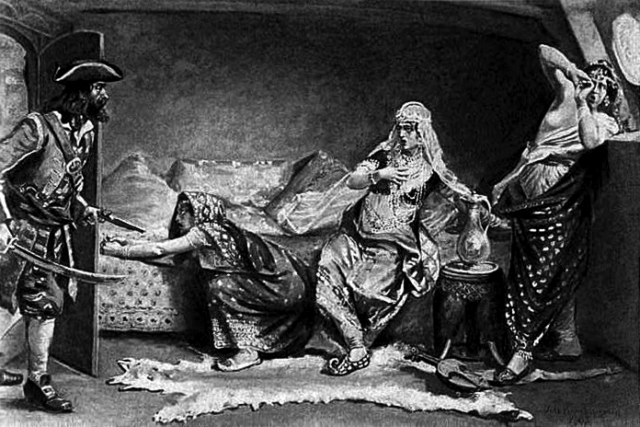
In July of 1695, the pirates were in luck as the great treasure fleet sailed precisely in their direction. Alongside Avery’s ship called the ‘Fancy., there were six more pirate vessels that attacked the Father Muhammed, an escort to the flagship Ganj-i-Sawai. From the escort ship, the pirates stole perhaps £60,000, and although that was a lot of money, they were thirsty for more treasure.
They did not think twice about going after the Ganj-i-Sawai, a mighty flagship of Aurangzeb, the Mughal Lord. Despite the fact that it was armed with 62 cannons and up to 500 armed men, the pirates attacked anyway. Although the conflict lasted for hours, it paid off for the pirates. Despite committing such great thefts, Avery allegedly died penniless, and little else is known of what really happened to this pirate at the very end of his life.
Calico Jack
John Rackham, or widely known as Calico Jack, received a pardon for acts of piracy in 1719. His pirate heart, however, did not surrender easily and he was back out on the open sea within a year, seizing a 12-gun, one-masted sailboat from the Nassau Harbor in the Bahamas.
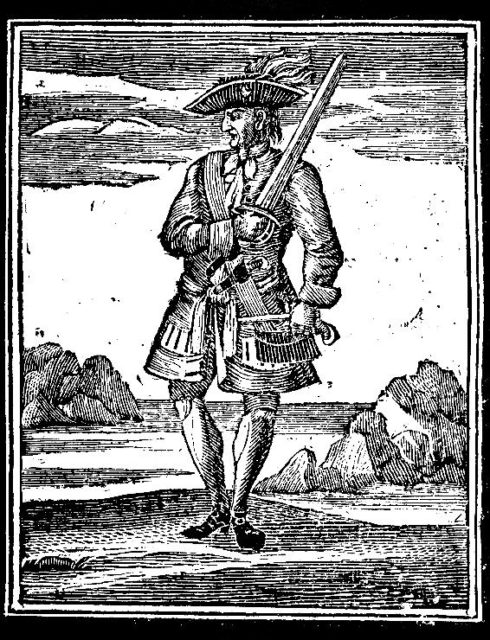
He picked for himself the nickname “Calico Jack” as he wore bright-colored, Indian Calico clothes and made a name for himself during the time that piracy thrived well in the Caribbean. He was also well noted for his intriguing followers, amongst whom were two women, perhaps the best-known ones to ever sail the Caribbean waters.
One of them was Anne Bonny, who allegedly left her husband to be with Rackham. The second woman was Mary Read, who supposedly sailed for a period of time dressed as a male.
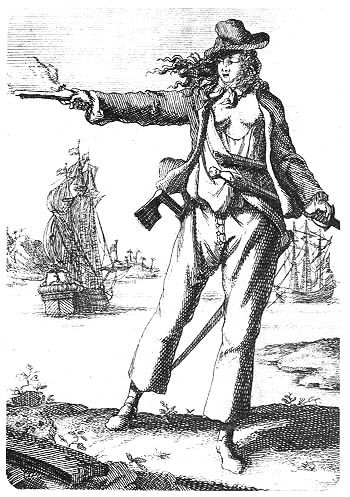
After numerous misdeeds, Calico Jack’s ship was attacked in October 1720, at a moment when all pirates on board were drunk. Reportedly, only the women and maybe one man put up a fight to push back the attackers. Calico Jack was executed the following month, while his two female companions were found to be pregnant.
While Mary Read later died in prison, no one knows for certain what really happened to Anne Bonny. Did she give birth to a baby pirate?
